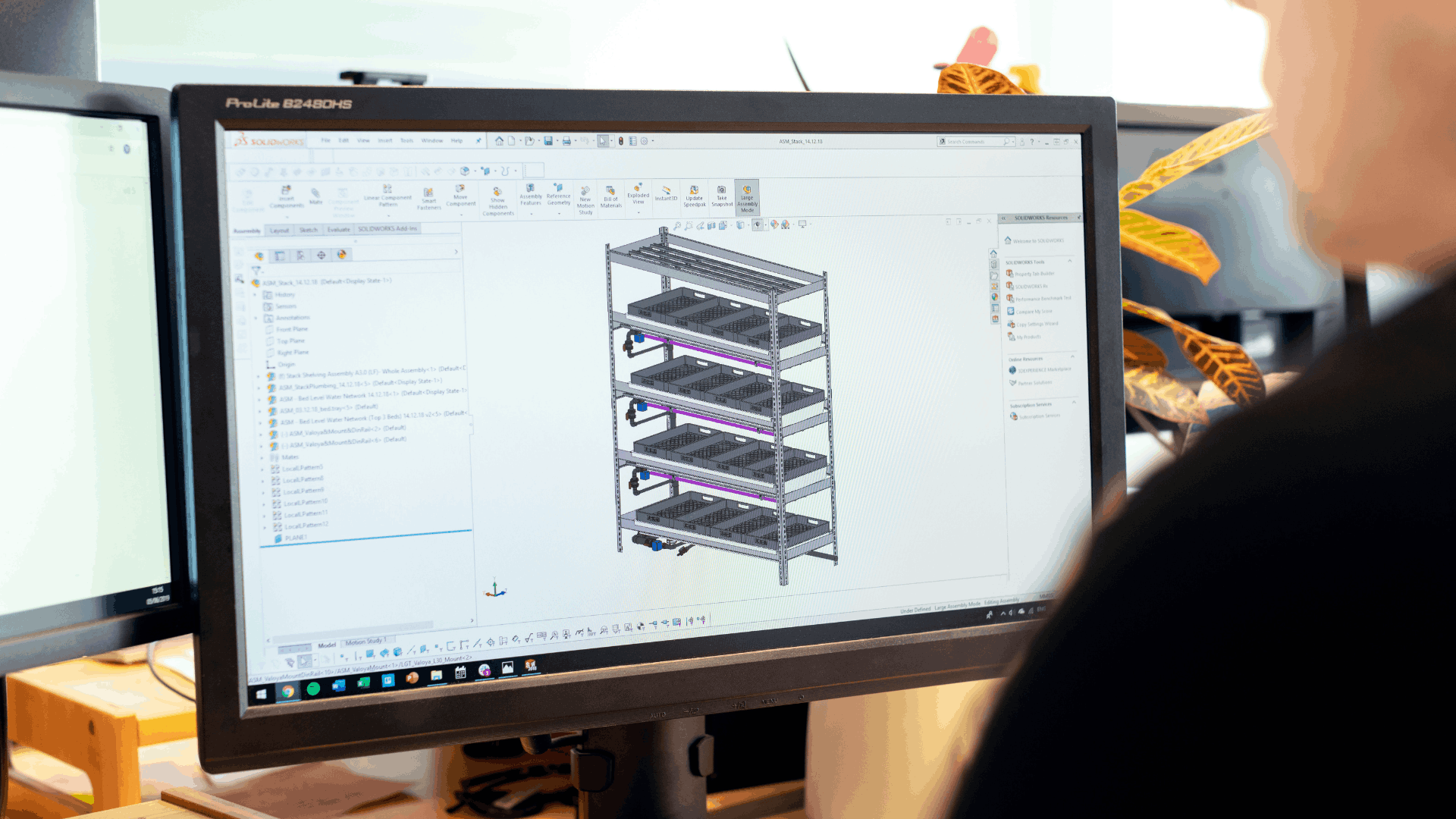
In today’s digital landscape, interactive and visually rich experiences are crucial for engaging users. One such application that has gained immense popularity across industries is the 3D product configurator. Whether in e-commerce, manufacturing, or real estate, businesses leverage 3D product configurators to enhance customer engagement and streamline the buying process. Unity 3D stands out as the most powerful and versatile choice among the various tools available for building these configurators. This blog will explore why Unity 3D is the ideal platform for developing a feature-rich 3D product configurator.
What is a 3D Product Configurator?
A 3D product configurator is an interactive tool that allows users to customize products in real-time. These configurators enable customers to modify various attributes, such as color, texture, materials, and components, providing a highly personalized buying experience. Industries such as automotive, furniture, fashion, and consumer electronics are increasingly adopting 3D product configurators to improve sales conversions and reduce return rates.
Why Choose Unity 3D for Building a Product Configurator?
Unity 3D has emerged as the go-to platform for creating immersive and interactive 3D applications. Here’s why Unity 3D is the best choice for developing a 3D product configurator:
1. Cross-Platform Compatibility
One of Unity 3D’s biggest advantages is its ability to deploy applications across multiple platforms, including web, mobile (iOS & Android), desktop, and even AR/VR devices. This cross-platform compatibility ensures that businesses can reach a broader audience without the need for extensive redevelopment.
2. High-Quality Rendering & Realistic Visuals
Unity’s powerful rendering engine supports physically based rendering (PBR), real-time lighting, and advanced shaders, enabling ultra-realistic product visualization. Features like HDRP (High Definition Render Pipeline) and URP (Universal Render Pipeline) allow developers to achieve photorealistic quality with optimal performance.
3. Real-Time Customization & Interactivity
Unity 3D provides an interactive environment where users can modify product features in real time. Whether changing colors, textures, or components, Unity’s robust scripting capabilities (using C#) ensure seamless interactions, making the customization experience engaging and intuitive.
4. AR & VR Integration
The growing demand for Augmented Reality (AR) and Virtual Reality (VR) has made immersive experiences a necessity. Unity supports ARKit, ARCore, Oculus, and HTC Vive, enabling businesses to take their 3D product configurators into extended reality (XR) environments for an even more interactive experience.
5. Easy-to-Use UI/UX Design Tools
A great 3D product configurator requires an intuitive user interface. Unity offers built-in UI tools like Canvas, UI Toolkit, and third-party UI frameworks, ensuring that businesses can create smooth and engaging interfaces for their configurators.
6. Integration with E-Commerce Platforms
Unity allows seamless API integrations with popular e-commerce platforms like Shopify, WooCommerce, Magento, and more. This enables businesses to connect their 3D product configurators directly to their online stores, allowing users to customize products and make purchases effortlessly.
7. Performance Optimization & Scalability
Unity offers multiple optimization techniques such as Level of Detail (LOD), occlusion culling, and GPU instancing, ensuring high performance even on low-end devices. This makes Unity-based 3D configurators scalable for businesses of all sizes.
8. Extensive Asset Store & Community Support
Unity’s Asset Store provides thousands of ready-made assets, plugins, and scripts, reducing development time and effort. Moreover, Unity boasts a large developer community, ensuring extensive support and knowledge sharing for troubleshooting and innovation.
9. Cost-Effective Development
Unity offers a free version (Unity Personal) for small businesses and affordable licensing options for larger enterprises. This makes it a cost-effective solution for startups and enterprises looking to implement high-quality 3D configurators.
Industries Benefiting from Unity-Based 3D Configurators
Unity 3D is being widely adopted across multiple industries, including:
- E-commerce: Online stores use Unity-based configurators to allow customers to visualize and customize products before purchasing.
- Automotive: Car manufacturers provide real-time vehicle customization, helping customers select features like paint, interiors, and wheels.
- Furniture & Home Decor: Shoppers can design and visualize furniture in 3D before making a purchase.
- Apparel & Accessories: Fashion brands leverage 3D configurators for personalized clothing, shoes, and accessories.
- Industrial Manufacturing: Businesses use Unity for designing and simulating complex machinery and equipment.
Final Thoughts
With its cross-platform capabilities, high-quality rendering, real-time interactivity, and AR/VR integration, Unity 3D is the best choice for developing 3D product configurators. Businesses looking to enhance customer engagement, boost conversions, and offer a next-gen shopping experience should leverage Unity’s powerful features. As technology continues to evolve, Unity 3D remains at the forefront of innovation, helping businesses create immersive and engaging 3D configurators that set them apart from the competition.
If you’re considering building a 3D product configurator, Unity 3D is the ultimate solution to bring your vision to life. Ready to get started? Contact a Unity expert today and transform your product visualization experience!




